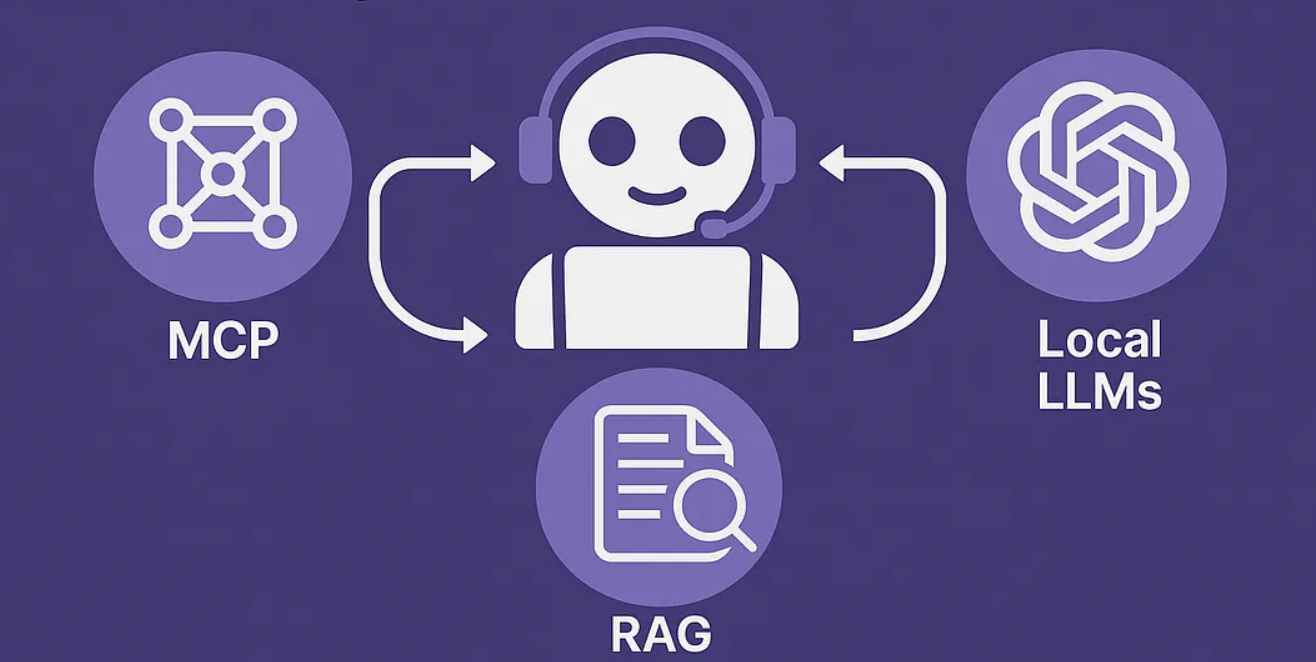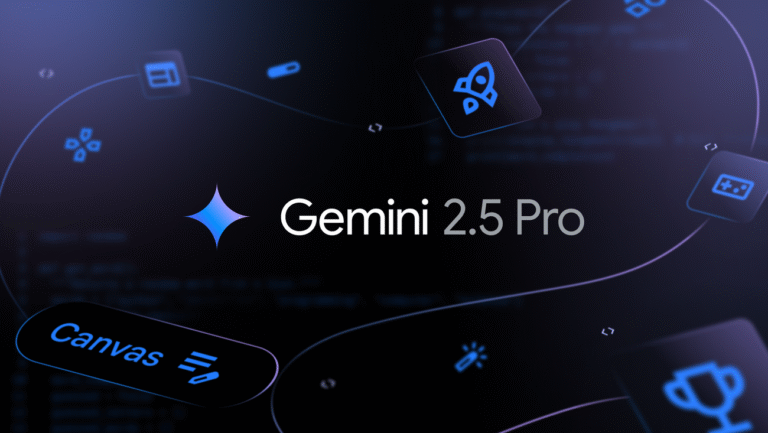Mastering LLM Architectures: A Simple Guide to MCP, Agentic AI, and RAG for Enterprise AI Adoption
1. Model Context Protocol (MCP): The Real-Time Data Stream
Imagine an LLM needing instant access to the latest company sales figures or a customer’s live chat history. This is where Model Context Protocol (MCP) shines.
What is MCP?
MCP establishes a direct, secure, and standardized link between the LLM (which acts as the “client”) and various data sources. Think of it as a super-fast, dedicated highway for data, allowing the LLM to access information immediately without detours.
How it Works (The Flow):
The process is straightforward: LLM Client → MCP Server → Data Sources The LLM client requests information, the MCP server facilitates this, and the data is pulled directly from its source.
Key Advantages & Why It Matters:
- Direct Connection & Real-time Access: MCP provides immediate access to data, which is crucial for applications requiring up-to-the-minute information.
- Low Latency: This means data retrieval and processing are incredibly fast, ensuring quick responses from the AI.
- No Vector Storage: Unlike other methods, MCP doesn’t need to convert data into special numerical representations (embeddings) or store them in vector databases. This eliminates a significant pre-processing step.
- Dynamic Context: MCP can adapt to changing data instantly, making it ideal for situations where information is constantly updated.
- Standardized Protocol: It uses a uniform communication method, which makes it easier to integrate AI systems with different platforms like GitHub, Google Drive, Dropbox, Notion, and Confluence. This “interoperability” reduces friction and speeds up deployment.
Real-World Examples & Use Cases:
MCP is best suited for applications that need current data and quick responses.
- Real-time analytics: Imagine an AI system instantly analyzing live stock market data.
- Customer support chatbots: Providing immediate, up-to-date information to customers based on their latest interactions or product updates.
- Live financial trading systems: Where every second counts and data changes constantly.
- Dynamic content generation: Creating content that adapts instantly to new trends or information.
Highlighting Point: While MCP might require a higher initial investment in infrastructure, its agility and speed can lead to significant long-term payoffs. The evolution of in-memory databases could further enhance MCP’s appeal for low-latency needs.




